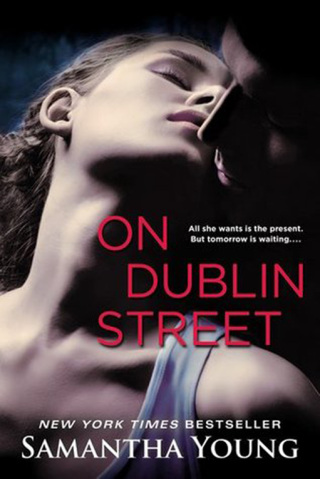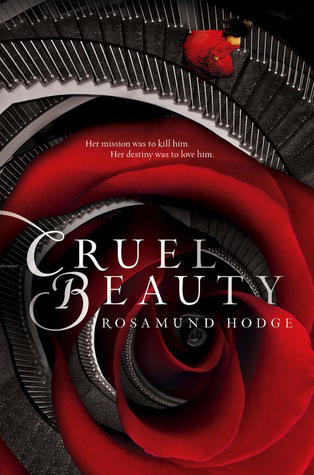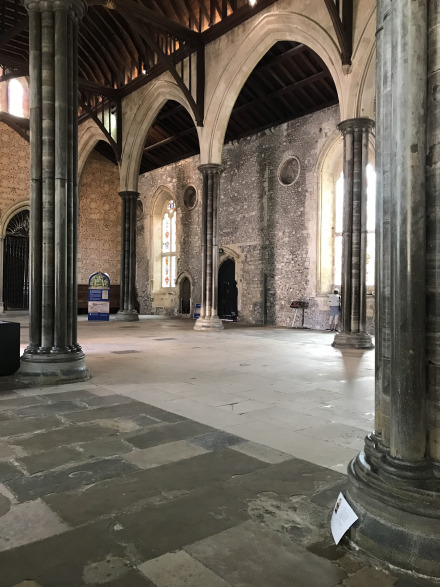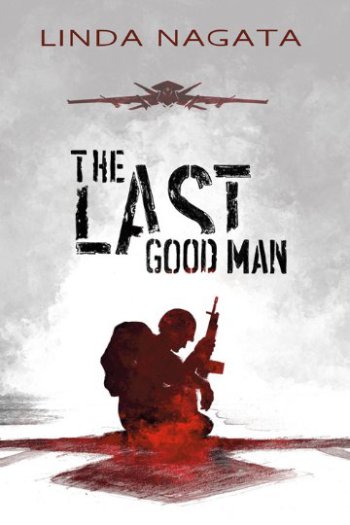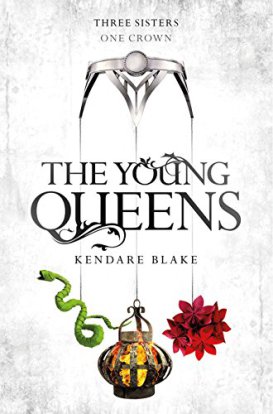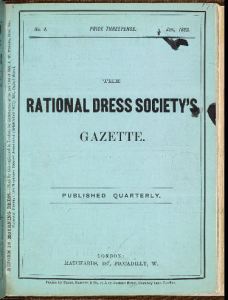
Miracle at St. Anna, by James McBride
I read James McBride’s The Color of Water many years ago, in a book club during Mark’s law school years, and I couldn’t remember: was the book really good, or was it one of those reads enriched and dynamized by the far-reaching discussion it engendered? I thought, reaching back to remember, that it might have been both.
So when I saw another book by McBride on a clearance shelf at our favorite used book store, I snapped it up and shelved it,–shelved it against that reading day that would surely come.
And this year, a month or so before Christmas, I returned all my library books, and browsed through my own bookshelves. We had decided to honor the Icelandic practice we kept reading about on Facebook (a reliable source, as everyone knows.) This is what we read: in Iceland, it’s traditional to exchange books on Christmas eve, then to snuggle up and read in bed, with chocolates, all night long.
That sounded like a perfect custom for our little family. We thought we’d modify it from reading in bed to reading in front of the fire, wearing soft warm fuzzy new flannels. But we’d keep the book exchange. And we’d darned well keep the chocolate.
In preparation, we all wrote out lists of books we couldn’t wait to read, and, in the interim, I thought it was time to take down some of the wait-ers, the lingerers, among the books already shelved and read them. I was getting that excited, buzzy holiday feeling, so I thought I’d read books that seemed to have a holiday theme. I looked at Miracle at St. Anna, and I thought of The Secret of Santa Vittoria—a story of warmth and goodness nestled in among serious evil. I thought that McBride’s book might be something like that.
So I made my stack of pre-Christmas reading, and I put Miracle at St. Anna on the top.
********
Miracle at St. Anna is a compelling read, but it is not an easy story to absorb or an entertaining tale to read. It starts with a violent image—Hector, working at the post office in something like the present, recognizes a customer from years ago, from his time in the war. He pulls a gun out from under the counter, and he blows the customer’s face off.
What?????? I think.
And then the story shifts back to WW II.
I read a story of Black men, drafted and made to serve in a segregated unit in Italy, led by southern white officers. Like all men, the unit we travel with is a mixed bag—the larcenous and the lofty, the simple and the complex. There’s a damaged young boy to be rescued. There is an Italian village at risk. There are Germans on every side, and there is miscommunication that puts the heroes of our story at deep risk.
Hector is not African American; his family is from Puerto Rico. His light skinned brother was assigned to a ‘regular’ Army unit. Hector, darker, is slotted into a troop of Black men. There is Train, big, innocent, and well-meaning. There is Stamps; there is Bishop: two very different men.
There are the people in the town—people who are giving and sharing, people who are greedy and grasping, people with regrets and people with secret plans.
There are the Resistance fighter ‘heroes’—although not all are as they seem.
There are the officers back at command who plan and plot to get the Buffalo soldiers out of the village—out, they hope, with a captured German who will give them the information they need to outwit the enemy.
And there are the Germans, thousands of them, marching forward, implacable, even though they must have known, by the time this tale unfolds, that they had lost the war.
*************
I was hoping, I think, that all the soldiers would survive, that the folks in the village would resolve their differences, that love stories would unfold and futures would be altered—changed in magical, wonderful ways. This wasn’t, though, a book about those kinds of miracles.
To say any more might be to give away more than is necessary. There IS a miracle here—but it is not, completely, the feel-good resolution I was hoping for.
Still, I am very glad I read this book.
**************
McBride has a website: jamesmcbride.com. In the bio section, I learn that McBride attended music conservatory at Oberlin as an undergrad, but went on to get a master’s in journalism at Columbia. He’s written six books—one of short stories, one historical, and four novels, if I remember straight.
Miracle at St. Anna was made into a movie, released in September 2008, according to IMDb.com. The film, for which McBride wrote the script, was directed by Spike Lee. On IMDB.com, it’s awarded six starts out of ten. (“Not bad,” my movie-watching son assures me. I watch the trailer, and I determine to watch the whole movie. Looks like good acting and tension build on a white-knuckle story.)
I look up the Buffalo soldiers, too, and find that they started as all-black troops commissioned after the Civil War, earning themselves the Buffalo nickname. The Buffalo soldiers in McBride’s book evolved from the 92nd Infantry in WW I; they were reactivated for WWII. Black soldiers from all over the US were pressed into service, trained in Kansas, sent to Italy. They served, McBride tells us, under southern white officers.
Many of them served unwillingly, not sure why they were tapped to fight for a cause that offered them little benefit. But they served effectively and honorably; their division sustained huge casualties in Italy. (And then later of course, Black troops were integrated into regular units, which strikes me as a dubious kind of earned equality.)
**********
Miracle at St. Anna is a good story; like all good stories, it makes me think and it makes me question, and the questions don’t always have easy and comfortable answers. Although it takes place around Christmas-time, it does not resemble anything concocted, say, by Hallmark. There’s no Santa here, no star-crossed lovers re-uniting under the mistletoe. But amid the realities of war, there is so much to admire. There are unexpected heroes. The title miracle, too, is unexpected.
This is a story that will stay with me a long time. I will watch the movie. I will come back, after a certain length of time has passed, to re-read the book. I’ll do a little more homework to understand the Buffalo soldiers and WWII in Italy. I will do my best to stretch my understanding, to broaden my thought.
I can’t say Miracle at St. Anna was a “fun” read, although it’s written with humor, and with understanding and a sympathetic knowledge of human nature. But I can say for sure that it was a book worth reading.
Advertisements Share this: